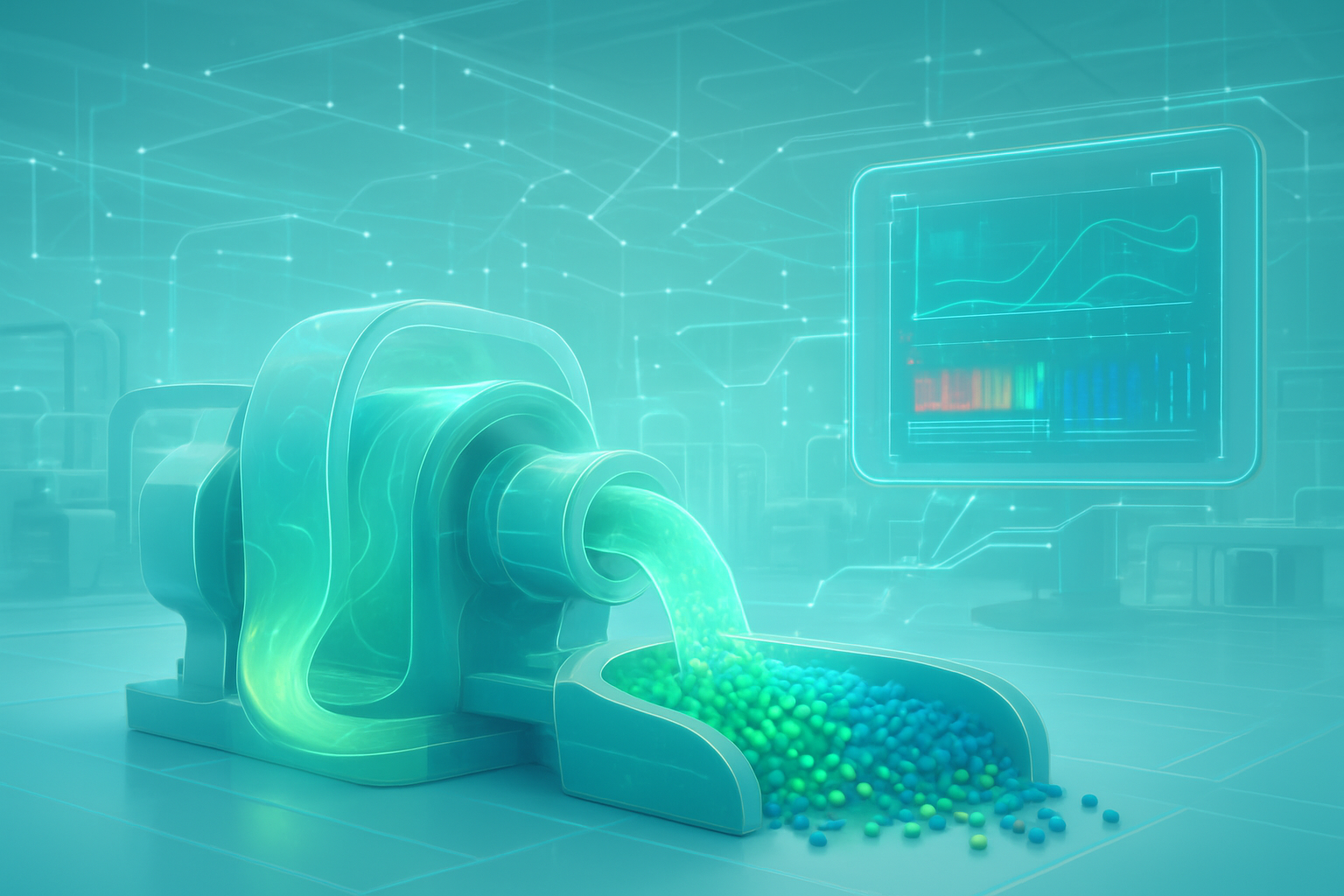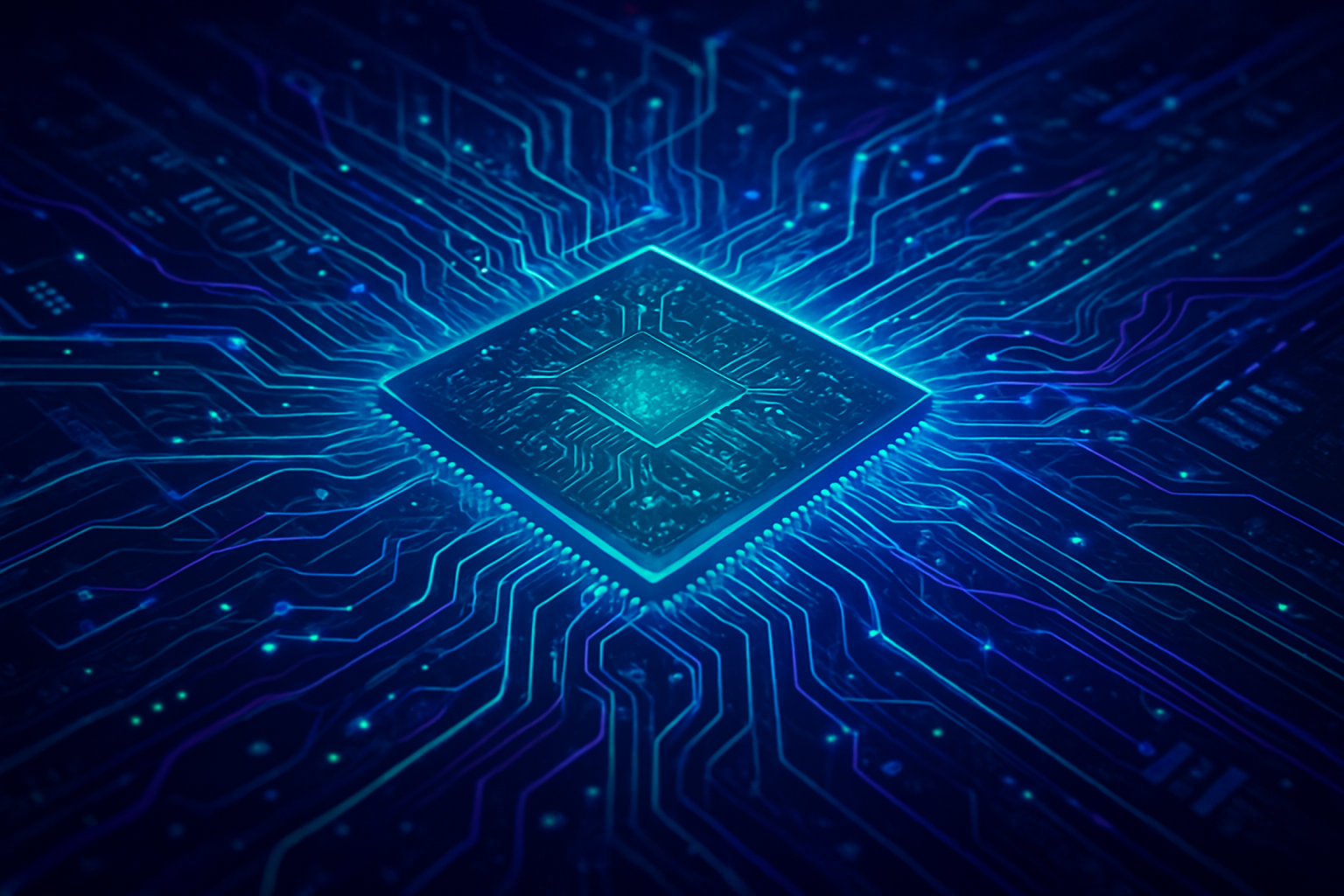NVIDIA (NASDAQ: NVDA) CEO Jensen Huang has once again captivated the tech world with his emphatic declaration: artificial intelligence must be integrated into every conceivable task. Speaking on multiple occasions throughout late 2024 and 2025, Huang has painted a vivid picture of a future where AI is not merely a tool but the fundamental infrastructure underpinning all work, driving an unprecedented surge in productivity and fundamentally reshaping industries globally. His vision casts AI as the next foundational technology, on par with electricity and the internet, destined to revolutionize how businesses operate and how individuals approach their daily responsibilities.
Huang's pronouncements underscore a critical shift in the AI landscape, moving beyond specialized applications to a comprehensive, pervasive integration. This imperative, he argues, is not just about efficiency but about unlocking new frontiers of innovation and solving complex global challenges. NVIDIA, under Huang's leadership, is positioning itself at the very heart of this transformation, providing the foundational hardware and software ecosystem necessary to power this new era of intelligent automation and augmentation.
The Technical Core: AI Agents, Digital Factories, and Accelerated Computing
At the heart of Huang's vision lies the concept of AI Agents—intelligent digital workers capable of understanding complex tasks, planning their execution, and taking action autonomously. Huang has famously dubbed 2025 as the "year of AI Agents," anticipating a rapid proliferation of these digital employees across various sectors. These agents, he explains, are designed not to replace humans entirely but to augment them, potentially handling 50% of the workload for 100% of people, thereby creating a new class of "super employees." They are envisioned performing roles from customer service and marketing campaign execution to software development and supply chain optimization, essentially serving as research assistants, tutors, and even designers of future AI hardware.
NVIDIA's contributions to realizing this vision are deeply technical and multifaceted. The company is actively building the infrastructure for what Huang terms "AI Factories," which are replacing traditional data centers. These factories leverage NVIDIA's accelerated computing platforms, powered by cutting-edge GPUs such as the upcoming GeForce RTX 5060 and next-generation DGX systems, alongside Grace Blackwell NVL72 systems. These powerful platforms are designed to overcome the limitations of conventional CPUs, transforming raw energy and vast datasets into valuable "tokens"—the building blocks of intelligence that enable content generation, scientific discovery, and digital reasoning. The CUDA-X platform, a comprehensive AI software stack, further enables this, providing the libraries and tools essential for AI development across a vast ecosystem.
Beyond digital agents, Huang also emphasizes Physical AI, where intelligent robots equipped with NVIDIA's AGX Jetson and Isaac GR00T platforms can understand and interact with the real world intuitively, bridging the gap between digital intelligence and physical execution. This includes advancements in autonomous vehicles with the DRIVE AGX platform and robotics in manufacturing and logistics. Initial reactions from the AI research community and industry experts have largely validated Huang's forward-thinking approach, recognizing the critical need for robust, scalable infrastructure and agentic AI capabilities to move beyond current AI limitations. The focus on making AI accessible through tools like Project DIGITS, NEMO, Omniverse, and Cosmos, powered by Blackwell GPUs, also signifies a departure from previous, more siloed approaches to AI development, aiming to democratize its creation and application.
Reshaping the AI Industry Landscape
Jensen Huang's aggressive push for pervasive AI integration has profound implications for AI companies, tech giants, and startups alike. Foremost among the beneficiaries is NVIDIA (NASDAQ: NVDA) itself, which stands to solidify its position as the undisputed leader in AI infrastructure. As the demand for AI factories and accelerated computing grows, NVIDIA's GPU technologies, CUDA software ecosystem, and specialized platforms for AI agents and physical AI will become even more indispensable. This strategic advantage places NVIDIA at the center of the AI revolution, driving significant revenue growth and market share expansion.
Major cloud providers such as CoreWeave, Oracle (NYSE: ORCL), and Microsoft (NASDAQ: MSFT) are also poised to benefit immensely, as they are key partners in building and hosting these large-scale AI factories. Their investments in NVIDIA-powered infrastructure will enable them to offer advanced AI capabilities as a service, attracting a new wave of enterprise customers seeking to integrate AI into their operations. This creates a symbiotic relationship where NVIDIA provides the core technology, and cloud providers offer the scalable, accessible deployment environments.
However, this vision also presents competitive challenges and potential disruptions. Traditional IT departments, for instance, are predicted to transform into "HR departments for AI agents," shifting their focus from managing hardware and software to hiring, training, and supervising fleets of digital workers. This necessitates a significant re-skilling of the workforce and a re-evaluation of IT strategies. Startups specializing in agentic AI development, AI orchestration, and industry-specific AI solutions will find fertile ground for innovation, potentially disrupting established software vendors that are slow to adapt. The competitive landscape will intensify as companies race to develop and deploy effective AI agents and integrate them into their core offerings, with market positioning increasingly determined by the ability to leverage NVIDIA's foundational technologies effectively.
Wider Significance and Societal Impacts
Huang's vision of integrating AI into every task fits perfectly into the broader AI landscape and current trends, particularly the accelerating move towards agentic AI and autonomous systems. It signifies a maturation of AI from a predictive tool to an active participant in workflows, marking a significant step beyond previous milestones focused primarily on large language models (LLMs) and image generation. This evolution positions "intelligence" as a new industrial output, created by AI factories that process data and energy into valuable "tokens" of knowledge and action.
The impacts are far-reaching. On the economic front, the promised productivity surge from AI augmentation could lead to unprecedented growth, potentially even fostering a shift towards four-day workweeks as mundane tasks are automated. However, Huang also acknowledges that increased productivity might lead to workers being "busier" as they are freed to pursue more ambitious goals and tackle a wave of new ideas. Societally, the concept of "super employees" raises questions about the future of work, job displacement, and the imperative for continuous learning and adaptation. Huang's famous assertion, "You're not going to lose your job to an AI, but you're going to lose your job to someone who uses AI," serves as a stark warning and a call to action for individuals and organizations.
Potential concerns include the ethical implications of autonomous AI agents, the need for robust regulatory frameworks, and the equitable distribution of AI's benefits. The sheer power required for AI factories also brings environmental considerations to the forefront, necessitating continued innovation in energy efficiency. Compared to previous AI milestones, such as the rise of deep learning or the breakthrough of transformer models, Huang's vision emphasizes deployment and integration on a scale never before contemplated, aiming to make AI a pervasive, active force in the global economy rather than a specialized technology.
The Horizon: Future Developments and Predictions
Looking ahead, the near-term will undoubtedly see a rapid acceleration in the development and deployment of AI agents, solidifying 2025 as their "year." We can expect to see these digital workers becoming increasingly sophisticated, capable of handling more complex and nuanced tasks across various industries. Enterprises will focus on leveraging NVIDIA NeMo and NIM microservices to build and integrate industry-specific AI agents into their existing workflows, driving immediate productivity gains. The transformation of IT departments into "HR departments for AI agents" will begin in earnest, requiring new skill sets and organizational structures.
Longer-term developments will likely include the continued advancement of Physical AI, with robots becoming more adept at navigating and interacting with unstructured real-world environments. NVIDIA's Omniverse platform will play a crucial role in simulating these environments and training intelligent machines. The concept of "vibe coding," where users interact with AI tools through natural language, sketches, and speech, will democratize AI development, making it accessible to a broader audience beyond traditional programmers. Experts predict that this will unleash a wave of innovation from individuals and small businesses previously excluded from AI creation.
Challenges that need to be addressed include ensuring the explainability and trustworthiness of AI agents, developing robust security measures against potential misuse, and navigating the complex legal and ethical landscape surrounding autonomous decision-making. Furthermore, the immense computational demands of AI factories will drive continued innovation in chip design, energy efficiency, and cooling technologies. What experts predict next is a continuous cycle of innovation, where AI agents themselves will contribute to designing better AI hardware and software, creating a self-improving ecosystem that accelerates the pace of technological advancement.
A New Era of Intelligence: The Pervasive AI Imperative
Jensen Huang's fervent advocacy for integrating AI into every possible task marks a pivotal moment in the history of artificial intelligence. His vision is not just about technological advancement but about a fundamental restructuring of work, productivity, and societal interaction. The key takeaway is clear: AI is no longer an optional add-on but an essential, foundational layer that will redefine success for businesses and individuals alike. NVIDIA's (NASDAQ: NVDA) comprehensive ecosystem of hardware (Blackwell GPUs, DGX systems), software (CUDA-X, NeMo, NIM), and platforms (Omniverse, AGX Jetson) positions it as the central enabler of this transformation, providing the "AI factories" and "digital employees" that will power this new era.
The significance of this development cannot be overstated. It represents a paradigm shift from AI as a specialized tool to AI as a ubiquitous, intelligent co-worker and infrastructure. The long-term impact will be a world where human potential is massively augmented, allowing for greater creativity, scientific discovery, and problem-solving at an unprecedented scale. However, it also necessitates a proactive approach to adaptation, education, and ethical governance to ensure that the benefits of pervasive AI are shared broadly and responsibly.
In the coming weeks and months, the tech world will be watching closely for further announcements from NVIDIA regarding its AI agent initiatives, advancements in physical AI, and strategic partnerships that accelerate the deployment of AI factories. The race to integrate AI into every task has officially begun, and the companies and individuals who embrace this imperative will be the ones to shape the future.
This content is intended for informational purposes only and represents analysis of current AI developments.
TokenRing AI delivers enterprise-grade solutions for multi-agent AI workflow orchestration, AI-powered development tools, and seamless remote collaboration platforms.
For more information, visit https://www.tokenring.ai/.









